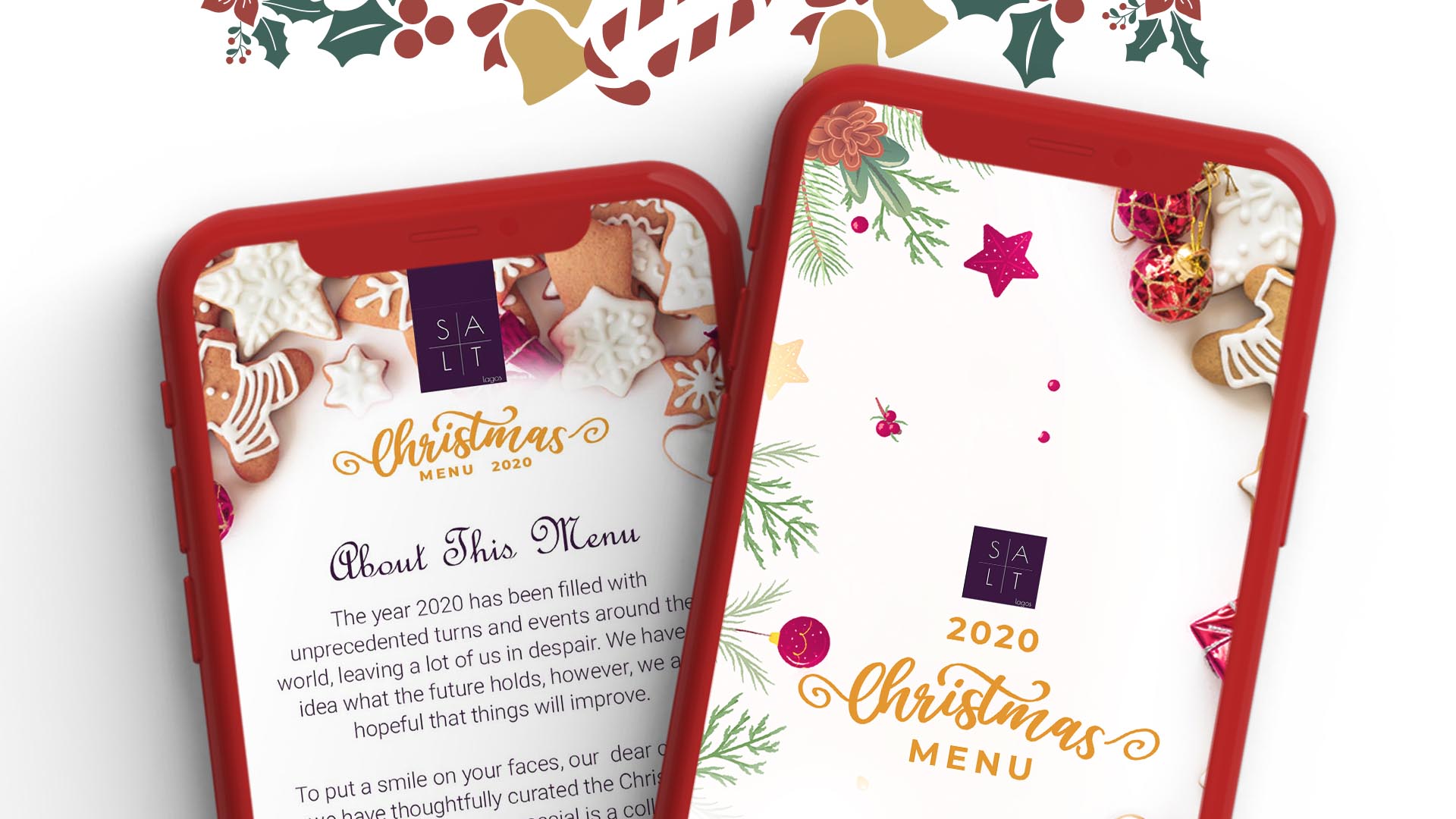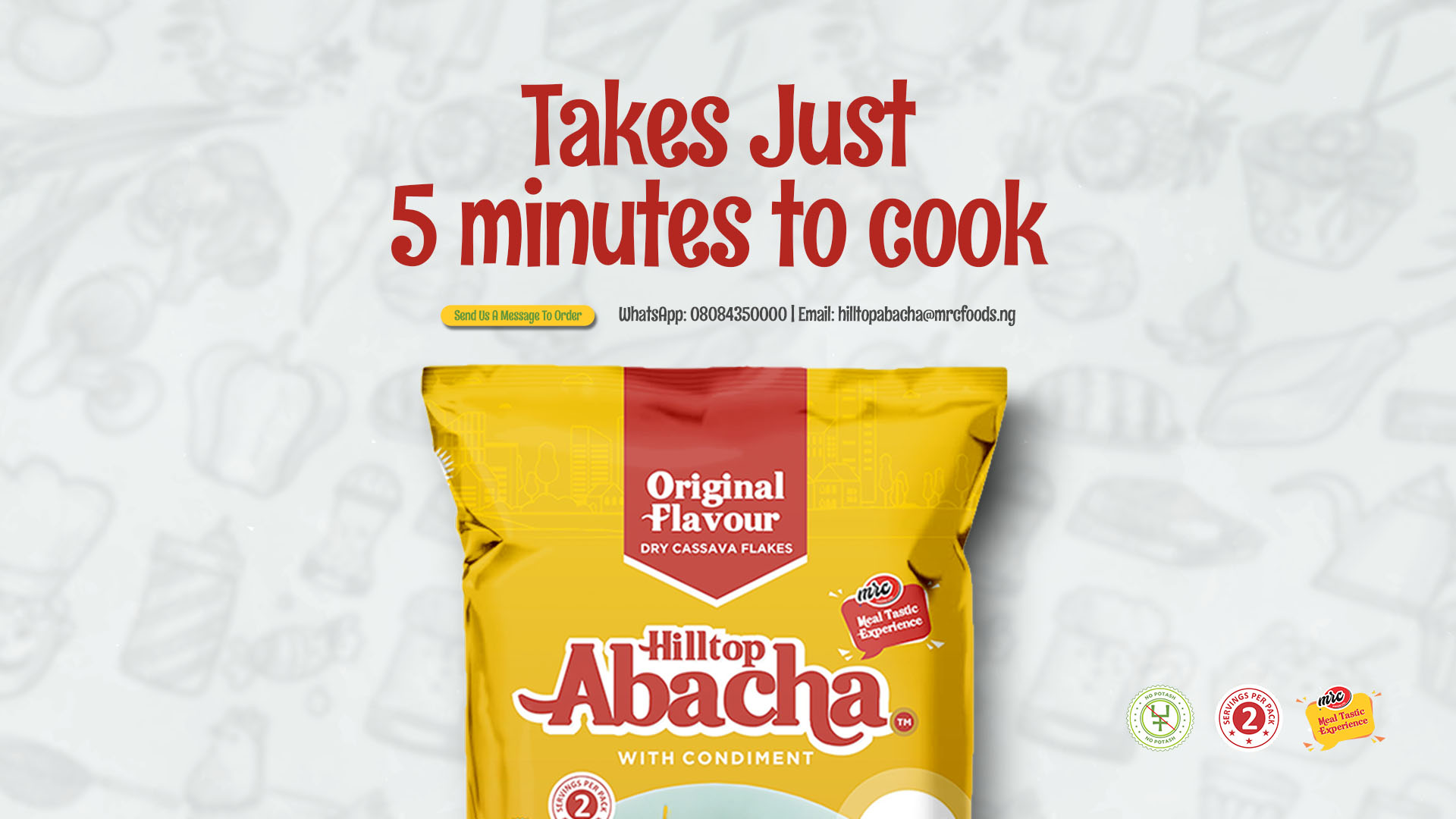What is print design?
Print design is a graphic design process. Its final product is a design in a digital form, which then gets printed onto a material such as metal, paper, plastic, cardboard, ceramics, etc.
Print design is used for various purposes, but the main two are marketing and brand awareness.
Print design originated as early as 30,000 BC from the Chauvet Cave in southern France to ancient Mesopotamia and Babylonia, humans have always felt motivated to visualize the world around them. The ancient people used a design for commercial or religious purposes.
Many designers would argue that print design only formally began with the invention of printing proper. By the invention of the printing machine by Johannes Gutenberg, it was possible to reproduce books and pamphlets easily; this marked the real beginning of the accessible print design.
Types of print design
Business card design
Banner design
Book cover design
Brochure design
Flyer design
Label and packaging design
Poster design
Shopping bag design, etc.
Merchandising
Why is print design important?
Many consumers still value print because it gives them something solid – it can be seen any and everywhere such as billboards, Posters, Magazines, and even book covers. It gives the consumer something versatile. Also, not everyone uses a smartphone – printing it out could reach more than one audience, and the goal for any advert is to reach multiple target audiences in your niche.
Still not sure if investing in print media is right for you? We will take a closer look at some advantages print design has over its digital counterparts.
Tangibility: Print Design is still very much relevant because its tangibility will help you stand out from the rest of the competition, not everyone uses web design, and it will get your brand the recognition it needs.
Also, many consumers still prefer print – Magazines, flyers, and newspapers can stay in houses or offices for months or years, while Internet ads can disappear into cyberspace instantaneously. “Out of sight is out of mind”
Credibility: There is something about print that gives a sense of legitimacy because there is no imminent danger in a print ad. The crowding of popups and banner ads on the web can be overwhelming and the fear of spam and viruses is enough to make people wary of clicking.
Branding: Print design is more than just paper, it is your brand’s identity. Traditional pieces of printing include; Merchandising, newsletters, flyers, and postcards. Modern procedures include; signs, banners, stickers, car decals, or other engaging print formats. They are excellent for solidifying your brand identity and helping you achieve a successful marketing strategy.
Target Marketing Notability: Printing offers the opportunity to target your demographic at the right time and in the right place – by placing ads in publications such as specialty magazines you can effectively reach niche audiences that may be more difficult to target online. It is hard to believe, but not everyone uses the internet / has a smartphone.
More Engaging: Websites are often checked over in less than 20 seconds, and the content is less understood because the feedback of the homepage is so high. Consumers are more engaged when reading printed material and study shows that people read digital screen text 20% – 30% slower than printed paper.
Fewer Print Designs
With more and more businesses relying solely on the Internet for their advertising needs, the decline of print publication can actually be used as a marketing advantage. The publications are less crowded, allowing more room for your ad to shine, and possibly even at a cheaper rate.
So, investing some of your marketing budgets in printing shows your customers how smart your marketing strategy is and how your company understands and utilizes the importance of tangible advertising.
Here are 3 ways you can make your print media materials more interactive:
QR Codes: This is a great way to draw your target market to your webpage or a website to learn more about your product or services. QR codes are easy to use and can be customized to fit your needs and your company branding. Placing QR codes on printed pieces is an excellent way to bridge the gap between print and web. When scanned with a smartphone, the QR code will take you to a homepage or a special offer page that lives on the web.
Infographics: Statistics and graphs can be dull, but formatting them as an infographic allows you to reach your target audience in a visually appealing and memorable way. Include a digital copy of your infographic online so that it can be shared by your customers and prospects.
Social Media: Include your social media icons and handles in your printed materials to take the conversation online. Also, post engaging content online that reinforces your printed message.
To conclude, a robust online presence, along with a print marketing design, is essential to your business’ success and the best way to market your business is to utilize as many channels as possible to reach every corner of your target demographic.
Although it is likely that most emphasis, in terms of advertising, will be executed online, there still exist those who revel in the glory of the printed page and it is important to reach them. Finding the right balance between various media will ensure a steady revenue flow, an increase in sales, and new customers.






